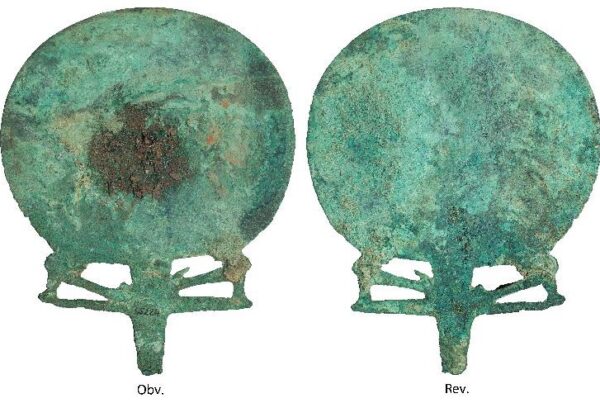by Dabanli, O. and Simsek, M.
ABSTRACT
The first possible example of the communication network that miniaturizes the world through the internet today is the Silk Road, which dates to ancient times. The main land route connects China via Turkestan and Iran to Mesopotamia and finally to the ports on the Mediterranean coasts. The Silk Road, which was actively used until the 16th century, lost its security due to the long conflicts in Asia and left its function to sea routes. Since the 19th century, the increase in railway transportation and the use of oil as fuel and the development of highways provided easy access to the abandoned areas on the Silk Road route. After the Chang’an-Tianshan corridor of the Silk Road was registered as a World Heritage Site by UNESCO in 2014, many projects have been developed. This study discusses and aims to make an example of how the caravanserais on a route selected from the Anatolian Caravan Roads developed through the Silk Road can be brought into sustainable cultural tourism with a contemporary approach. The caravanserais on the Konya-Antalya/Manavgat route determined for this purpose were considered as a cultural route and a culture-tourism scenario was developed by use of digital technologies as well as contemporary conservation approach.
![]()



